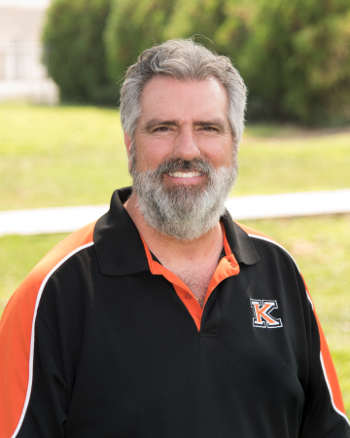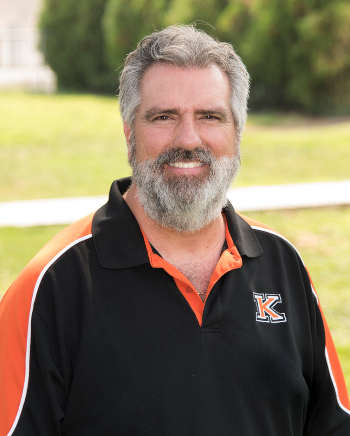- Cate Kortzeborn
- Posted On
Understanding Medicare: Your Medicare costs in 2020
Each year, Medicare premiums, deductibles, and copayment rates are adjusted according to the Social Security Act. For 2020, the Medicare Part B monthly premiums and the annual deductible are higher than the 2019 amounts.
The standard monthly premium for Medicare Part B enrollees will be $144.60 for 2020, an increase of $9.10. The Part B premium in 2019 was $135.50.
The standard premium is what most people with Medicare pay. Part B covers physician services, outpatient hospital services, certain home health services, durable medical equipment, and certain other medical and health services not covered by Medicare Part A.
The annual deductible for all Part B beneficiaries is $198 in 2020, an increase of $13 from the annual deductible of $185 in 2019.
The increase in the Part B premiums and deductible is largely due to Medicare’s rising expenses for drugs administered in doctors’ offices. Current law requires Medicare to pay the average sales price for a Part B drug and also pays physicians a percentage of a drug's sale price.
This incentivizes drug companies to set prices higher and for physicians to prescribe more expensive drugs, since that leads to a higher Medicare payment. The Trump Administration is working to lower prices for Part B drugs through its drug pricing blueprint.
Since 2007, Part B premiums have been based in part on a beneficiary’s income, with higher-income beneficiaries paying higher premiums. These income-related monthly adjustment amounts affect about 7 percent of people with Part B.
The 2020 Part B total premiums for high-income beneficiaries can be found here.
Medicare Part A covers inpatient hospital, skilled nursing, and some home health care services. About 99 percent of Medicare beneficiaries do not have a Part A premium since they paid Medicare payroll taxes for at least 40 quarters of employment.
The Part A inpatient hospital deductible that beneficiaries will pay when admitted to the hospital will be $1,408 in 2020, an increase of $44 from $1,364 in 2019. The Part A inpatient hospital deductible covers beneficiaries’ share of costs for the first 60 days of Medicare-covered inpatient hospital care in a benefit period.
In 2020, beneficiaries must pay a coinsurance amount of $352 per day for the 61st through 90th day of a hospitalization (versus $341 in 2019) in a benefit period and $704 per day for lifetime reserve days (versus $682 in 2019).
For beneficiaries in skilled nursing facilities, the daily coinsurance for days 21 through 100 of extended care services in a benefit period will be $176 in 2020 ($170.50 in 2019).
These premiums and cost sharing apply to people with Original or Traditional Medicare. Premiums and deductibles for Medicare Advantage and Medicare Part D Prescription Drug plans were previously finalized.
On average for 2020, Medicare Advantage premiums are expected to decline by 23 percent from 2018, and will be the lowest in the past 13 years while plan choices, benefits and enrollment continue to increase.
Cate Kortzeborn is Medicare’s regional administrator for Arizona, California, Nevada, Hawaii, and the Pacific Territories. You can always get answers to your Medicare questions by calling 1-800-MEDICARE (1-800-633-4227).









